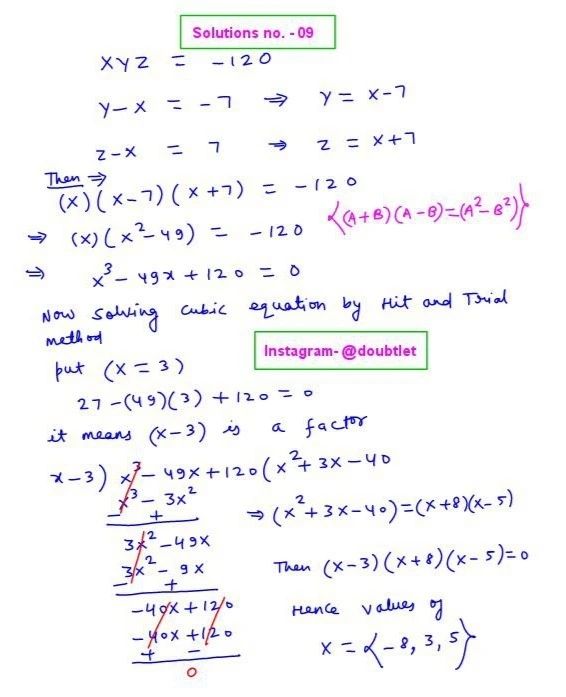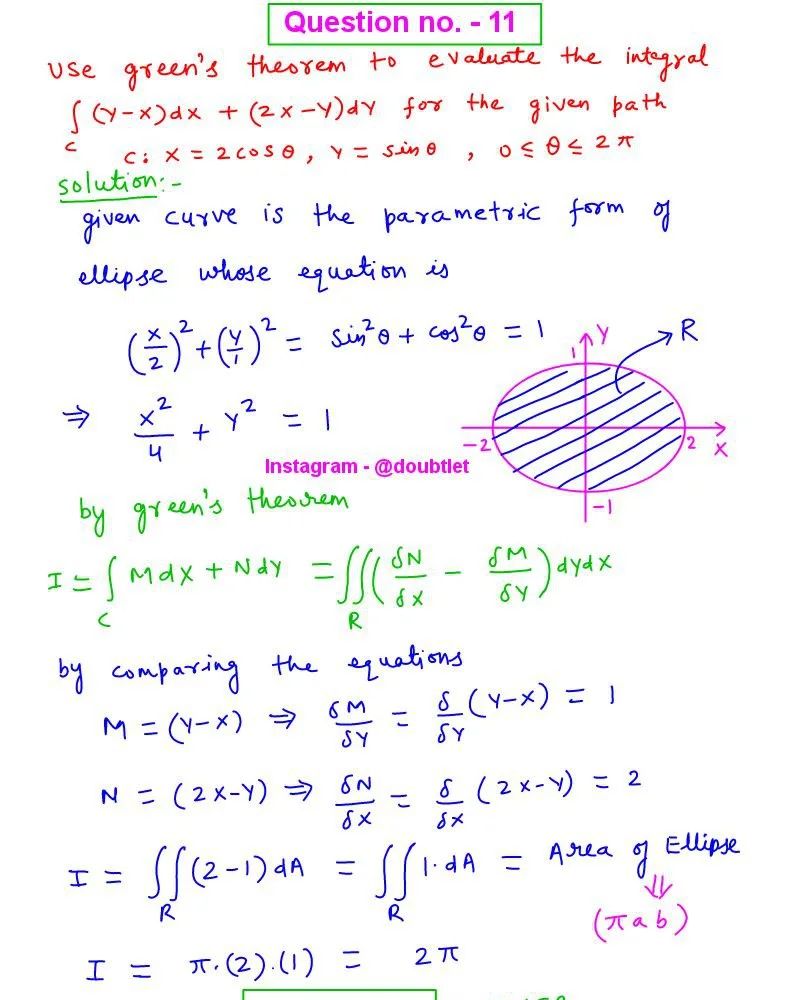









Unit vector Calculator
This calculator will help you to find the Unit Vector of the given vector with the steps shown.Loading...
Loading...
Loading...
Magnitude of a Vector
Dot-Product of two vectors
Cross-Product of two vectors
Projection on Vectors
Angle between two vectors
Vector tripple product
Scalar triple product
- 1. Introduction to the unit vector calculator
- 2. What is the Formulae used ?
- 3. How do I find unit vector?
- 4. Why choose our unit vector Calculator?
- 5. A Video for explaining this concept
- 6. How to use this calculator ?
- 7. Solved Examples
- 8. Frequently Asked Questions (FAQs)
- 9. What are the real-life applications?
- 10. Conclusion
1. Introduction to unit vector
Understanding the concept of unit vectors is crucial for various mathematical and scientific applications in the vast realm of vectors. Whether you're a student diving into vector analysis or a professional seeking to refresh your knowledge, this blog post will provide a comprehensive guide to finding unit vectors. Let's explore the definition, conditions, formulas, examples, frequently asked questions, and real-life applications and conclude with a solid understanding of unit vectors.
A unit vector is a vector with a magnitude of 1 and is often used to represent direction. In three-dimensional space, a unit vector is denoted by a hat symbol (^) over the vector, such as 𝑎̂.
2. What is the Formulae used?
The formula to find the unit vector of is given by: = , Where:
represents the unit vector.
∥∥ represents the magnitude of the vector
3. How do I calculate the unit vector for the given vector?
To find the unit vector of a given vector 𝐴, follow these conditions:
The vector 𝐴 must not be the zero vector (𝐴 ≠ 0).
Divide the magnitude of the vector by the vector itself.
4. Why choose our Unit Vector Calculator?
Our calculator page provides a user-friendly interface that makes it accessible to both students and professionals. You can quickly input your square matrix and obtain the matrix of minors within a fraction of a second.
Our calculator saves you valuable time and effort. You no longer need to manually calculate each cofactor, making complex matrix operations more efficient.
Our calculator ensures accurate results by performing calculations based on established mathematical formulas and algorithms. It eliminates the possibility of human error associated with manual calculations.
Our calculator can handle all input values like integers, fractions, or any real number.
Alongside this calculator, our website offers additional calculators related to Pre-algebra, Algebra, Precalculus, Calculus, Coordinate geometry, Linear algebra, Chemistry, Physics, and various algebraic operations. These calculators can further enhance your understanding and proficiency.
5. A video based on the concept of finding the given vector's unit vector.
6. How to use this calculator
This calculator will help you find any given vector's unit vector.
In the given input boxes, you have to put the value of the given vector.
After clicking on the Calculate button, a step-by-step solution will be displayed on the screen.
You can access, download, and share the solution.
7. Solved Example
Find the Unit Vector for the given Vector V = -3i + 4j + 2k>
Let's find the magnitude of the vector V = =
Unit vector =
8. Frequently Asked Questions (FAQs):-
What is a unit vector?
A unit vector is a vector with a magnitude of 1, often used to represent direction.
Why are unit vectors important in physics?
Unit vectors simplify vector operations and represent directions without affecting magnitudes.
Can any non-zero vector have a unit vector?
Yes, by dividing the vector by its magnitude, any non-zero vector can have a corresponding unit vector.
How are unit vectors used in navigation or engineering applications?
They specify directions, aiding in the description of motion or force vectors in a standardized way.
Can a vector have more than one unit vector?
No, a vector has a unique unit vector, which can be scaled to form equivalent unit vectors.
9. What are the real-life applications?
Computer Graphics: Unit vectors represent directions of light rays and normals, crucial for realistic rendering in computer graphics.
Navigation: Unit vectors in GPS systems define precise directions, aiding in accurate navigation.
Physics: Unit vectors break down forces and velocities, simplifying the analysis of motion and dynamics.
Engineering: Unit vectors describe and analyze forces, moments, and displacements in structural and mechanical engineering.
Robotics: Unit vectors help define the orientation and motion of robotic arms in three-dimensional space.
Wireless Communication: In antenna design, unit vectors represent signal propagation directions for optimal communication.
10. Conclusion
Unit vectors are indispensable tools across various fields, providing a standardized and efficient way to express directions without altering magnitudes. The versatility of unit vectors is evident from computer graphics to navigation, physics, engineering, and beyond. Their application in representing forces, guiding navigation systems, aiding in simulations, and facilitating precise calculations in diverse scientific and technological domains underscores their fundamental role in simplifying complex vector analyses and enhancing our understanding of spatial relationships. The ubiquity of unit vectors highlights their importance as a foundational concept with wide-ranging practical implications in real-world applications.
This blog is written by Neetesh Kumar
If you have any suggestions regarding the improvement of the content of this page, please write to me at My Official Email Address: doubt@doubtlet.com
Are you Stuck on homework, assignments, projects, quizzes, labs, midterms, or exams?
To get connected to our tutors in real time. Sign up and get registered with us.
Comments(0)













Leave a comment